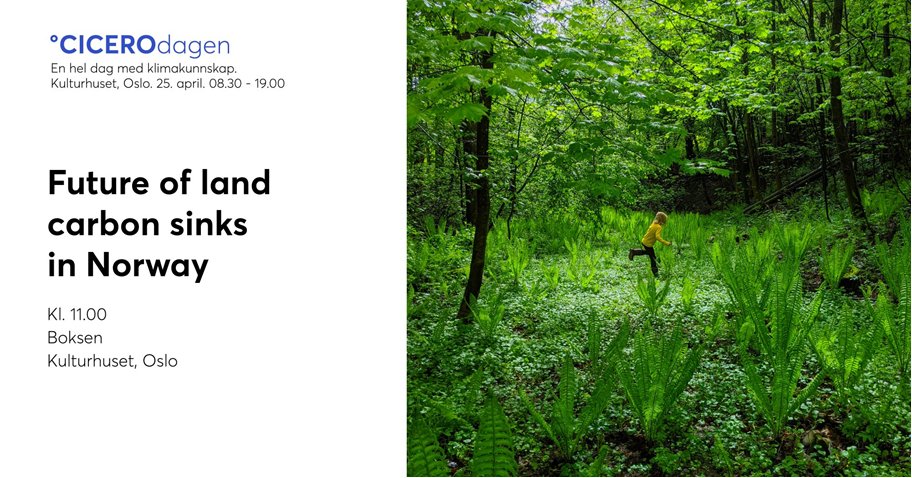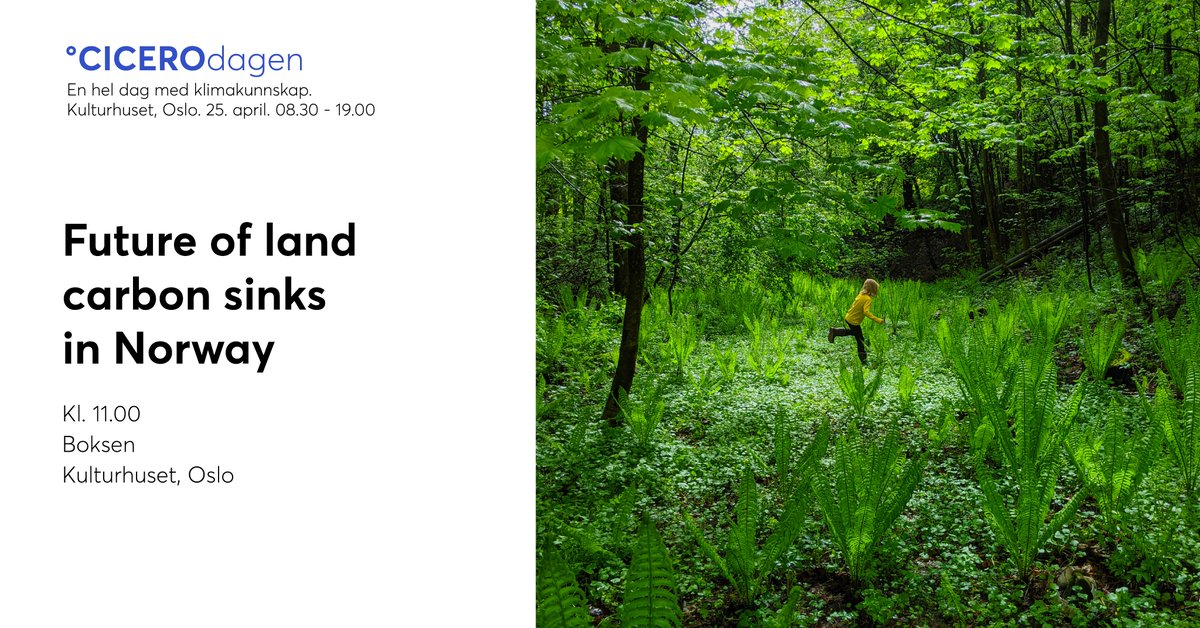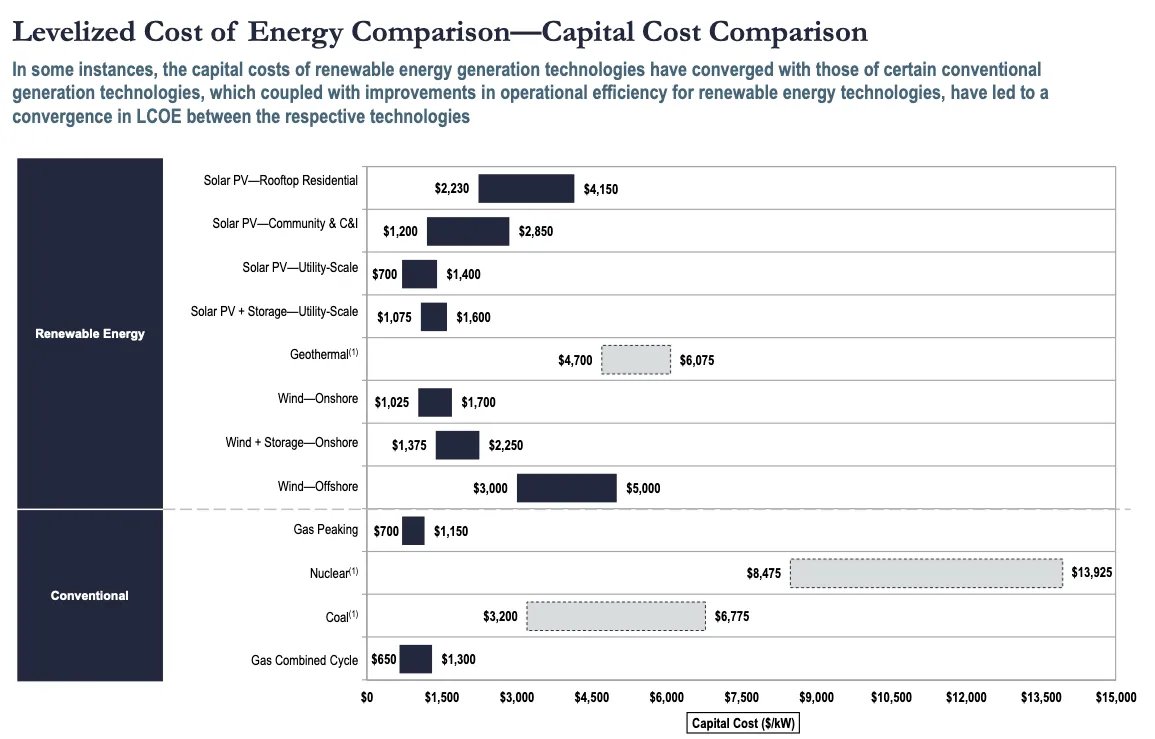
Glen Peters
@Peters_Glen
Energy, emissions, & climate @CICERO_klima
Projects @V_ERIFY_H2020, @4C_H2020, @ParisReinforce, @CoCO2_project, @iam_compact, @climatediamond, @EuPathfinder
ID:917421961
https://cicero.oslo.no/en/employees/glen-peters 31-10-2012 18:29:21
34,5K Tweets
51,0K Followers
607 Following
Follow People






Why is Norway's land carbon sink declining & how can the sink be managed in the future?
Learn more at the CICERO day (25/04), with presentations from Johannes Breidenbach, Rosie Fisher, & Esben Kirk-Hansen Bymiljøetaten.
In person or stream: cicero.oslo.no/no/arrangement…



🌲Why is carbon uptake declining in Norwegian forests? How can forests be managed in a changing climate?
Join us 25 April in Oslo or online with Glen Peters Rosie Fisher Johannes Breidenbach NIBIO Bymiljøetaten
Future of land carbon sinks in Norway (cicero.oslo.no)













